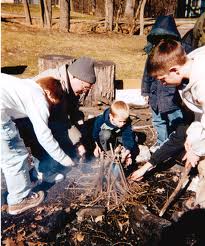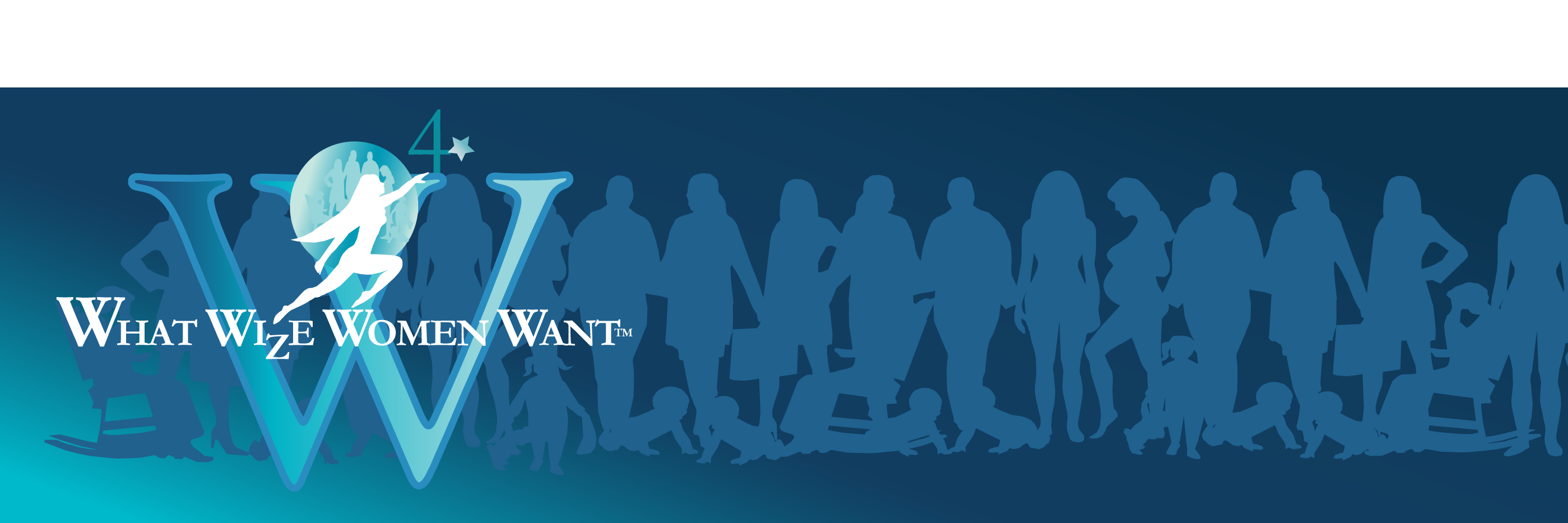 During commencement exercises at Graceland, VP Al Gore outlined measures Americans must take to better educate our children. Some of these steps included; 1) downsizing schools, 2) give students and parents more choices in curriculum, 3) eliminate textbooks and give individual instruction. The President’s most recent reaction in Colorado, pouring millions of dollars in adding armed guards into schools, is another reactionary measure in controlling all of the anti-social diseases that plague the schools. Instead of reactionary measures, let us look at the big picture and spend our tax dollars prudently by taking Al Gore’s advice.
During commencement exercises at Graceland, VP Al Gore outlined measures Americans must take to better educate our children. Some of these steps included; 1) downsizing schools, 2) give students and parents more choices in curriculum, 3) eliminate textbooks and give individual instruction. The President’s most recent reaction in Colorado, pouring millions of dollars in adding armed guards into schools, is another reactionary measure in controlling all of the anti-social diseases that plague the schools. Instead of reactionary measures, let us look at the big picture and spend our tax dollars prudently by taking Al Gore’s advice.
In any good business, when things get unmanageable, the company downsizes. American education, when faced with management problems, up-sizes. Instead of adding more expensive staffing like psychologists, guards, administrators and support staff, building and consolidating into bigger schools, why not do the unthinkable- downsize the schools.
There is a great deal to be learned from the one-room schoolhouses of the 1800’s. The schools were small, with everyone in the community from K-12. Everyone learned to regulate pacing himself or herself. No one was labeled and singled out as defective. If you did not learn it the first time around, you heard it again and again when taught to someone else in the room. Some students progressed faster because they had the opportunity to hear the lessons of older grads while other plodded along. There was no mandatory attendance. The students were there to learn.
There were guns around in those days and far more accessible than today. However, there was a different about the community, self, teachers and authority figures- respect for life. In small schools, where every one depends on everyone else, there is respect. When students have to deal with the cause effects relationships that that closeness brings, they learn respect. There is no avoiding anyone in a one-room school house or in a smaller school.
Hard work, learning to work together, no matter what differences or handicaps others have, is the rule. In our affluent society, hard work is missing and has given way to material possessions, guilt from less parenting time which leads to getting ones way. Respect is earned, it is not given. Children learn respect when they receive it from adults. Adults give respect when children work hard.
It is time to stop thinking of how many material possessions schools possess or need to have because of its size and consider the quality of its education. The most successful public schools in the US have fewer than 300 children. In these schools, the administrative staff is sparse and the actual teaching staff is heavy. For the most part, three teachers can be hired for every administrator. The discipline factors in small schools are cut dramatically because the principal knows everyone by name or their merits rather than as discipline problems. Even the numbers of teen pregnancies, drugs and violence are lessened when the school community is close. The school becomes the neighborhood school because children walk rather than bus. Parents participate because the school becomes the center of the community. Everyone knows their neighbor and is accountable. Every parents knows other parents in order to communicate concerns rather than faceless names mentioned in passing. There is a real-world cultivation of real world values, interpersonal and intra-personal relationships for children in small schools.
Business concerned with graduates who lack critical thinking skills find children from small schools able to understand the depth of subject matter rather than the breathe. Students in small schools are able to study subjects in depth and the shopping mall mentality of learning everything about every subject is diminished. In small schools, the burden of ownership and proof rests on the children where it should be. Children learn to own, respect and take care of each other in small schools. There are fewer children hence, fewer opportunities to have cliques. Everyone must learn to assist each other and work together but in large schools avoidance, becoming invisible and a number are more frequently are the case.
How many people can you befriend at one time? No more than three or four? The rest are merely acquaintances. Yet we desensitize children to human needs and interaction by exposing them to extremely large numbers of youths, like products on an assembly line. This creates the necessity for cliques, groups and ostracizing others. Manageable relationships in small schools create healthy interactions, which lead to human qualities like compassion, sharing and honesty.
Small schools enable these bonds with children of all ages, not just same age students. The disasters of the middle-school movement have reflected the need for children to feel elder status, receive transition training and apprenticeship from adults rather than peers. Isolation of teen with teens has proved that rights of passage to adulthood are interrupted when bonding become peer related. Children learn to bridge the age barriers. Tolerate differences and develop communication skills beyond generations just like the real world in small schools.
There is more time for teachers to spend with individual students therefore; there are many more success stories. There are ore opportunities for depth of education, character and problem solving. Small schools create closer school cultures and communities. There is more time to spend with each student. There is more time for staff development. There is more time in general. Children need our time.
In small schools, children learn real life cause and effect because behavior is directly influencing everyone in the school and larger community. Therefore, children get a better world view on life from this type of school culture. Smallness breed closeness. Closeness breeds familiarity. Familiarity breeds security. And safe environments. When children feel safe they learn faster.
Your response to all of this is the big question; isn’t downsizing going to be too expensive? The answer is no. You see, in small schools you diminish busing children and the costs related to it. You do not have as many things because it is not as cost effective,. The community can see a return on its investment because neighborhood schools are visible to everyone and not located ten miles down the road. The need for specialists is diminished because peer group counseling, for example, replaces psychologists, mediation and other problem solving skills that all students need to learn for life rather than a select few. The children participate in other jobs that decrease the need for staff. In this way, by direct participation, they also grow a sense of pride in their schools.
The body is an extremely complex biochemical machine. When these chemicals are introduced, the body must over-react to counterbalance. A child who is placed on an anti-depressant submerges feelings rather than learning to work with them in mediation, communication or listening skills.
Like a pressure cooker waiting to explode, the feelings lie deep and hidden until effects of the drugs are countered by the body or withdrawn. It is then that all of the minor conflicts and agitation come exploding to the surface in rage. This coupled with images from violent viewing creates tragedies.
To compound the issue, while viewing, the chemically altered mind of the child is in an alpha state. The limbic system or mid-brain is bypassed with electrical impulses. The limbic system is the seat of conscience, emotion and intuition. A child watching TV sees the images as reality without cause and effect relationship.
Children need to learn communication, listening and coping skills. We must get away from the quick fixes and start teaching children how to deal with life instead of popping a pill. When will we learn?¨
In the deluge of discussions, debates and rhetoric across the world regarding school shootings, it is interesting to observe the number of adults negating the obvious. Any professional trained in human behavior seeks patterns to solve the mystery of anti-socialism. However, leading professionals appear to be blind to these patterns of shooters and suicide victims.
The profile of children involves in tragic crimes reveals common denominators among the perpetrators; 1) use of mind-altering drugs for depression or violent behavior AND 2) obsessive viewing of violent movies, television and video games. Mind altering drugs have a serious and detrimental effect on the child’s evolving mind. Tranquilizers and anti-psychotics cause difficulty in thinking, poor concentration, emotional problems, nightmares, depression. Anti-depressants can cause difficulty thinking, confusion, poor concentration, panic, extreme restlessness, delusions, manic reactions, delirium, etc.
In small schools, students might not be getting the latest curriculum books because small schools co-op, share and learn to do without. But then, in traditional school districts, curriculum texts are obsolete before they arrive in the classroom. Instead of fifty computer, there may be ten. Instead of purchasing many new book, students got tot he nearest library. Small school learn to use their creative resources instead of monetary ones. There are many resources in the community other than money. We have become so fixated on money that our children have lost the ability to be resourceful. In small schools, you learn to be resourceful., especially within the local community. Money is not the answer to our problems. Leaning to do with what we have in creative ways is the answer. The smaller the school the more resourceful they become.
